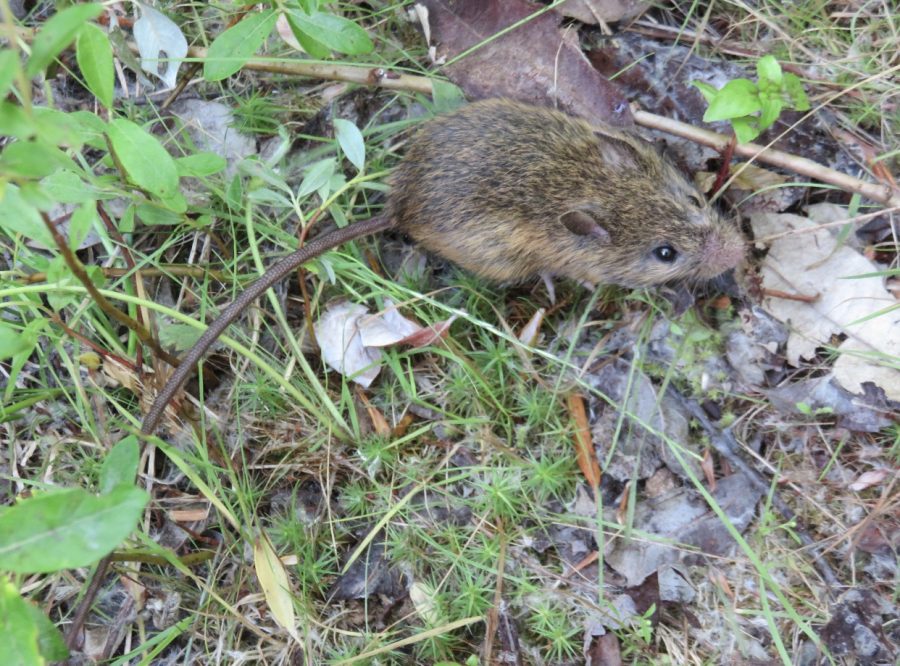Students monitor animal activity across I-90 crossing structures
May 4, 2022
Student researchers at CWU took part in a study where they observed small mammals in the I-90 project area to see which species are using the wildlife crossing structures.
Wildlife crossing structures are passages going either under or over highways and allow animals to safely cross from one side to another.
The principal investigator for this study Kristina Ernest said, “We are looking at a lot of characteristics of the habitat and use of the wildlife crossing structures by a variety of small mammal species.”
Ernest said the ultimate goal of this study is to see whether the wildlife crossing structures were effective and had reconnected populations that were divided by the highway when it was built.
Ernest said the crossing structures they are looking at are unique because they have habitats built into them.
“They put in soil and then they plant native plants,” Ernest said. “They put in rock piles … lay down logs so there’s a lot of microhabitats and hiding places for small mammals.”
Not only are they looking at how effective the wildlife crossing structures are, but how effective the habitats are at allowing the small mammals to hide from predators and extreme environments.
Jenna Chapman, a graduate student studying biology, is one of the student researchers studying the I-90 project. Chapman shared the importance of these crossing structures.
“One [reason] is animals trying to cross the highway and being killed, unfortunately, by animal-vehicle collision,” Chapman said. “The road itself can still be a barrier to their movement when they’re trying to access a feeding grounds or breeding areas or just in their daily travels as animals.”
Ernest said that through the use of live trappings, they have been able to collect different small mammal species.
“We mark them either temporarily or permanently, with a microchip, because they’re large enough.” Ernest said. “Then we release them.”
Ernest said the microchips are helpful in identifying the individual species to see which ones are using the crossing structures and see which crossing structures they are using.
“We can identify exactly which individual that was and we can see where they’re moving and if they’re moving into the crossing structures, or if they’ve made it all the way across the highway,” Ernest said.
Not only is the work done in the I-90 project area, but outside of it as well.
Senior general biology major, Anita Valdovinos, another student researcher that has been working on the project, has been working with the captured species as well as cataloging them and inputting data.
“We’ve collected their skulls and skins and also we’ve gotten some of their DNA from their liver,” Valdovinos said. “We send that to another independent facility where we can get some DNA analysis to figure out what specific species it is.”
Ernest said she was glad that the students were able to work on this project because they feel like they are making a difference in both the animals’ lives and the habitat that they live in.
“I’m really grateful to be a part of it and have some kind of influence on this major project and how much it has benefited me in general. It’s been a good experience overall,” Chapman said.

